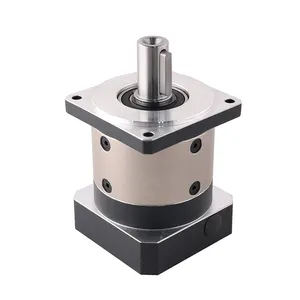Understanding the 1 16 Servo
The 1 16 servo is an essential component in various robotic and automation applications. Known for its precision and reliability, this type of servo motor is widely used in hobby electronics, robotics, and in any situation requiring controlled movement. Its compact size and varying features make it a versatile choice for both enthusiasts and professionals.
Types of 1 16 Servos
1 16 servos come in different variations to cater to specific needs. Understanding these types can help users select the right servo for their projects. Here are the most common variations:
- Standard 1 16 Servo: Offers typical speed and torque, ideal for general applications.
- High Torque 1 16 Servo: This type can handle heavier loads, making it suitable for larger models and demanding tasks.
- Digital 1 16 Servo: Known for higher precision and faster response times, digital servos are perfect for applications requiring accurate positioning.
- Metal Gear 1 16 Servo: Built with metal gears for enhanced durability, these are often used in high-load situations where standard plastic gears may fail.
Applications of 1 16 Servos
The versatility of the 1 16 servo makes it applicable in numerous areas including:
- Robotics: Ideal for controlling movements in robotic arms and mobile robots.
- Hobby Models: Frequently used in RC cars, drones, and aircraft, providing essential steering and control features.
- Automation: Found in various automated systems, aiding in tasks like opening doors or controlling conveyor belts.
- Remote-Controlled Devices: Acts as the heart of remote-controlled toys and gadgets requiring precise movements.
Features and Advantages of the 1 16 Servo
The 1 16 servo stands out due to its numerous features that enhance its functionality in various applications:
- Precision Control: Provides accurate positioning thanks to its feedback mechanism, essential for sophisticated robotic movements.
- Robust Performance: Capable of operating under various conditions, ensuring reliability during crucial tasks.
- Compact Size: Its smaller dimensions make it easy to integrate into tight spaces without sacrificing performance.
- Easy to Control: Compatible with most microcontrollers and RC systems, emphasizing user-friendly operations even for beginners.
- Cost-Effective: Offers excellent performance-to-cost ratio, making it a popular choice in both commercial and hobbyist settings.























































































































































































































